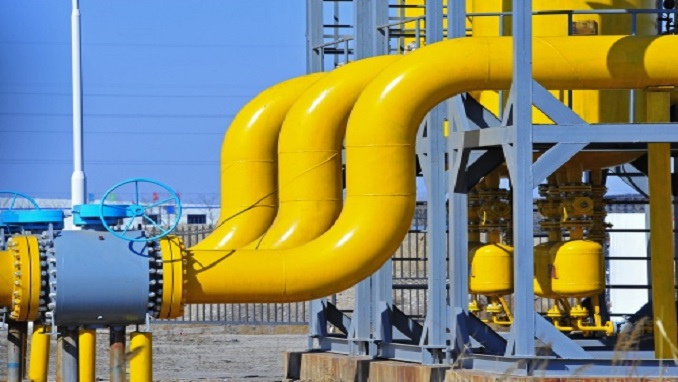
Danish investment bank Saxo Bank forecasted on Tuesday that if Nord Stream 2 manages to start the operations by the fourth quarter of the year, it could lead to a decline in the price of natural gas in Europe down to historic lowest levels, Russian media report.
Previously on Monday, Nord Stream 2 AG, the operator of the Nord Stream 2 gas pipeline, announced the start of the filling of the first string of the pipeline with gas to achieve pressure for further testing. The Federal Grid Agency of Germany, at the same time, asked Nord Stream 2 AG to confirm the pipeline complies with EU standards.
Saxo Bank’s Head of Commodity Strategies, Ole Hansen, noted at the same time that European consumers and energy-intensive industries will face gloomy and expensive times unless an increase in gas flows or LNG occurs or a milder-than-usual winter happens.
According to a gas trader that talked to Reuters, all energy prices – coal, oil, gas, power – are up and there doesn’t seem to be any let up to the rallying.
The stock prices for gas in Europe lately are reaching new historic highs almost every single day reaching on Tuesday to an equivalent of $205 a barrel oil amid a wider energy commodity rally.
The price of November futures on the Dutch TTF hub on Tuesday, October 5, for the first time ever reached 1228.8 dollars per 1.000 cubic meters during trading as gas and coal prices rally in Europe and Asia and as nuclear power generation in France fell due to a strike.
Analysts stressed that the energy crisis will continue to worsen with no immediate relief in sight.
Energi Danmark, on the other side, noted that due to fears of reduced supply during the winter, they expect another week of price climbs as the fiercely nervous sentiment on the market continues. They also believe that the most traded contracts on the important Dutch TTF hub could easily continue the uptrend.
According to Hansen, there are several reasons for the current sharp rise in gas and electricity prices, but among the key issues are the dissatisfaction of demand from producers, the low level of filling of storage facilities due to the last year’s cold winter and hot summer as well as the restrictions on the part of major suppliers.
Gazprom, for example, has not booked additional capacity for gas transit through Ukraine while the demand for LNG from Asia remains high.




Be the first to comment